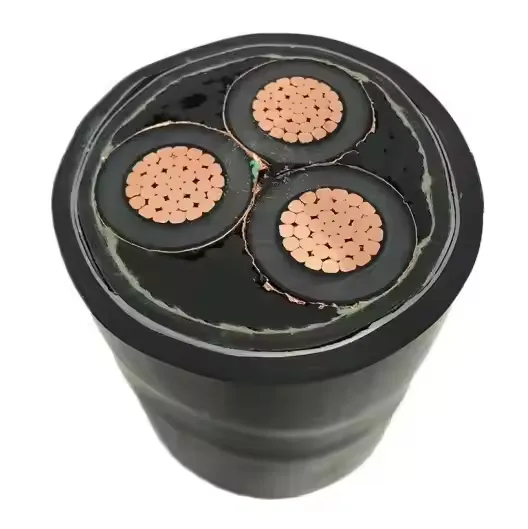Time: 2025-06-09 09:37:14 Source: Henan Province Jianyun Cable Co., Ltd.
Cable insulation is a crucial component of any electrical wiring system. It surrounds and protects the conductor inside a cable, preventing electric shock, short circuits, and damage from environmental factors.

Cable insulation acts as a **non-conductive barrier** between the live conductor and the surrounding environment. It is typically made of materials with high electrical resistance to ensure that current stays within the conductor. In high-voltage applications, multiple layers of insulation may be used to prevent arcing and dielectric breakdown.
| Material | Temperature Range | Water Resistance | Flexibility | Typical Use |
|---|---|---|---|---|
| PVC | -10°C to 70°C | Good | Moderate | Building wiring, low-voltage |
| XLPE | -40°C to 90°C | Excellent | Moderate | Power transmission, underground cables |
| Rubber | -25°C to 60°C | Good | High | Flexible cords, temporary power |
| PTFE | -65°C to 200°C | Excellent | Low | High-temperature, aerospace |
Cable insulation is the unsung hero of electrical systems, providing essential protection and reliability. Understanding how insulation works and choosing the right material for your application can prevent costly failures and ensure safe, efficient operation.